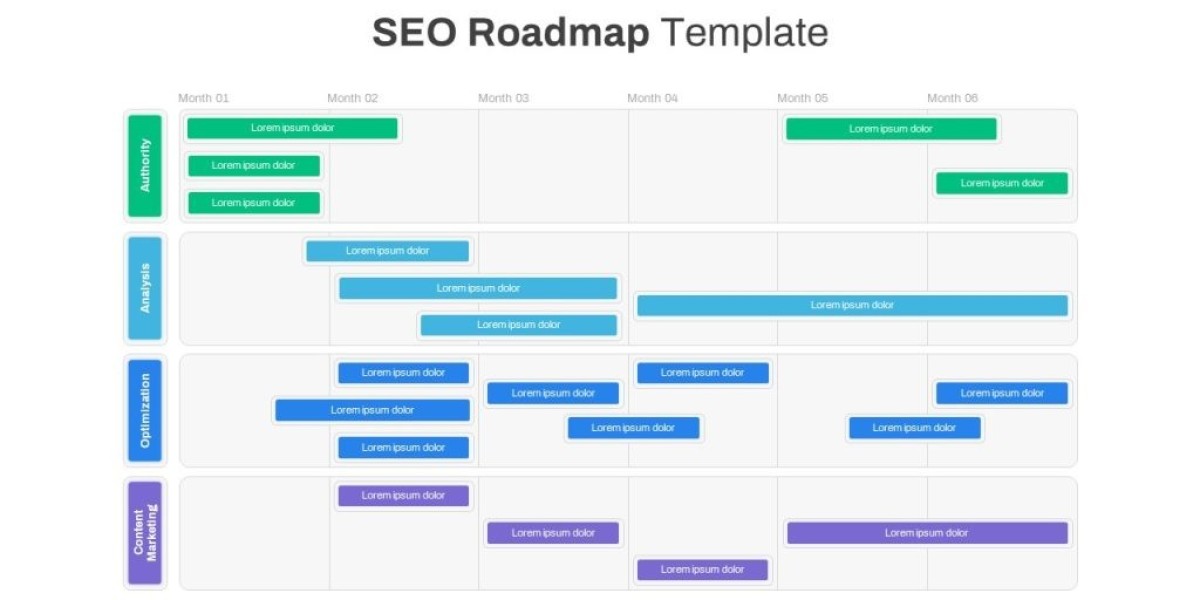
Search Engine Optimization (SEO) is one of the most critical components of digital marketing today. It helps businesses improve their online visibility, driving organic traffic to their websites. For beginners, SEO can seem overwhelming due to its technical aspects, but with a basic understanding, you can start optimizing your site and seeing results. This guide provides a simple roadmap to understanding SEO fundamentals, helping you get started on your SEO journey.
What is SEO?
SEO stands for Search Engine Optimization, a process used to enhance a website’s visibility in search engine results pages (SERPs). When users search for specific keywords on search engines like Google, the aim of SEO is to ensure that your website appears near the top of these results. The higher your site ranks, the more likely users are to visit it.
SEO involves various strategies, including optimizing content, improving website structure, and building backlinks. These strategies are split into two categories: on-page SEO and off-page SEO.
On-Page SEO
On-page SEO focuses on optimizing elements within your website to improve its visibility on search engines. This includes:
Keyword Research: Choosing the right keywords that your audience is searching for is essential. Once you have identified these, you need to incorporate them naturally into your content.
Title Tags and Meta Descriptions: These are the first things users see in the SERPs. Your title tag should include your primary keyword and be compelling enough to encourage clicks. Similarly, your meta description should provide a concise summary of your content.
Content Optimization: Quality content is king when it comes to SEO. Your content should be relevant, informative, and engaging. It’s also important to ensure that your content is structured properly using headings (H1, H2, etc.) and that it includes internal links to other pages on your website.
URL Structure: Keep your URLs clean and descriptive, including your target keywords if possible. This makes it easier for both search engines and users to understand what your page is about.
Mobile Optimization: With more people accessing websites through mobile devices, having a mobile-friendly site is critical for SEO. Google gives preference to mobile-optimized websites.
Off-Page SEO
Off-page SEO involves strategies that take place outside your website, primarily focusing on building backlinks. Backlinks are links from other websites pointing to your site. When reputable sites link to your content, search engines see your site as trustworthy, improving your rankings.
There are several ways to build backlinks, including:
Guest Posting: Writing articles for other websites and including a link back to your site. This not only helps with SEO but also drives referral traffic.
Social Media Sharing: Sharing your content on social media platforms can help it gain visibility and attract backlinks.
Influencer Outreach: Building relationships with industry influencers who can promote your content to their audience.
Why SEO Matters
SEO is important because it helps you connect with people who are actively searching for your products or services. Unlike paid advertising, SEO allows you to gain organic traffic, which is often more cost-effective in the long run. Moreover, users tend to trust organic search results more than paid ads, which makes SEO a crucial part of any digital marketing strategy.
An example of how SEO can benefit your business is by targeting specific keywords relevant to your services. For instance, if you’re offering digital marketing courses, optimizing your content for terms like seo course in pakistan can help attract users searching for training in this area. As more users find your site through organic search, you increase your chances of converting them into customers.
Key Metrics to Track
As you implement SEO strategies, it’s essential to track key performance metrics to measure your success. Some important metrics include:
Organic Traffic: The number of visitors coming to your site through search engines.
Bounce Rate: The percentage of users who leave your site after viewing only one page. A high bounce rate might indicate that your content isn’t engaging or relevant.
Keyword Rankings: Tracking where your website ranks for specific keywords can show you whether your SEO efforts are paying off.
Backlinks: The number and quality of backlinks pointing to your site can affect your rankings. Use tools like Ahrefs or Moz to monitor your backlink profile.
Conclusion
Understanding the fundamentals of SEO is the first step in boosting your website’s visibility and driving organic traffic. By focusing on both on-page and off-page SEO, you can create a strategy that not only improves your search rankings but also helps your business grow. Remember, SEO is a long-term investment, and the results might take time, but with consistency, the rewards can be significant.
For those looking to enhance their skills further, consider enrolling in an seo course in Pakistan to learn advanced techniques and strategies. With the right guidance and effort, you can master SEO and improve your website’s performance in search engines.








